In this post, we share seven fundamental photography concepts that every photographer should know to capture the best possible moments according to other photographers.
It’s no secret that some of Peli’s biggest fans tend to be amateur and professional photographers, and as a result, we've been in touch with countless photographers over the years who've shared with us their stories, their favorite locations to photo and of course their biggest tips and tricks. What we've picked up on through these conversations is that whether you are a beginner photographer or a seasoned veteran, there are a number of fundamental concepts and tips that every photographer cites as must-know.
In this post, we’ll share those fundamentals with you so you can go out there and capture the best possible moments. These tips will hold true whether you’ve a smartphone, point and shoot, DSLR or even Polaroid camera (well maybe not a Polaroid). So, without further ado, let’s get into the seven fundamental photography tips to remember.
Exposure is Key: Understanding the Exposure Triangle
While you may think that the magic of photography happens through the technology within the camera, it’s really exterior lighting that can make or break a photo. As Joel Lee of MakeUseOf points out in one of his articles, ‘A well-lit subject can be captured poorly, but a poorly-lit subject will never look good.’ Thus, it’s always important to keep in mind that exposure is key and to do this, one must understand the Exposure Triangle.
The Exposure Triangle
For a camera to photograph something, light must enter the lens. This happens when the shutter opens. The light then hits the camera sensor, and a photograph is taken. As the name suggests, there are three elements, or a triangle of elements if you will, that one must know to affect how light is captured, which will largely determine how your photograph turns out.
Aperture: This is the measure of how large the lens opening is and it is measured in f-numbers. Usually there is a f-stop setting on the camera you are using that will allow you to set the degree of aperture. The higher the f-number, for example, f/11 vs f/16, the narrower the aperture. The narrower the aperture, the less light enters. The less the light that enters, the darker the picture will be.
Shutter Speed: The next thing to take into account is the shutter speed. This is a measure of how long the shutter was left open, which as you might imagine, affects how much light can enter the lens. It is measured in seconds or in many cases fractions of a second. Shutter speed can be anywhere from 1/200 of a second to 5 seconds, for example. The shutter speed is especially sensitive to motion capture. A faster shutter speed will freeze a moment in time of a subject in motion, while a slower one will produce blurring. Although you might think a blur isn’t such a great thing, some photographers might prefer to produce a blur to get a certain effect on the photo. It’s all really down to personal preference.
ISO: Want to brighten or darken a photo? Well, ISO is a basic camera setting that will allow you to do just that as well. Increasing your ISO number will make your photos progressively brighter and vice versa. As a result, ISO is helpful in allowing you to capture images in darker environments and it can also allow you to be a bit less mindful of the other two elements in the exposure triangle.
Minimize Camera Shake: Snap Photos like a Pro and Don’t be afraid to use tripod
The technique to hold a camera properly essentially involves bringing your arms in against your torso to create a stable core. Why is this important? Well, because what you are trying to do is minimize camera shake as much as possible. When you press down the button to take a photo, the shutter opens up and the lens and sensor are filled with light, as we already established. If you are moving while this is happening, you’re likely to get a blurry photo.
Although we did just mention that a blurry photo might be something a photographer is intentionally trying to capture, blurring due to camera shake is not generally intentional. Thus, keeping your body stable is the best way to minimize this. Holding your breath while snapping a picture is also a viable technique that some photographers swear by, which can also help to minimize camera shake.
On the other hand, if you are someone with overly shaky hands or are having a hard time minimizing the camera shake for one reason or another, you might consider using a tripod. Unless there is a stampede or an earthquake at the moment you take your photo with a tripod, it’s unlikely to suffer from any camera shake. You might find your photo satisfaction skyrockets if you employ the use of a tripod.
Develop a Feel for Photo Composition: Employing Rule of Thirds
There are many different techniques to photo composition, which is basically the term for the placement of elements within a photograph. One of the biggest giveaways for someone that knows a lot about photography versus someone that does not is by looking at a photo's composition. So, although there are many different techniques, one that is tried and true and that everyone interested in photography should know is the Rule of Thirds.
The Rule of Thirds
The rule of thirds allows you to compose your shot in a way that puts the most important parts of the photograph in the areas of most visual interest. The way to do this is to think of dividing your shot into thirds both vertically and horizontally. Where the lines would cross is where you want to put the most important elements of the shot and where you want the viewer to concentrate their attention. You can do this mentally, but you can also set up your camera to have these lines on the display screen so that you can more accurately line up your shot according to the rule of thirds.
Take a look at the photo below from Peli Pro Uros Podlogar to get an idea what we mean.
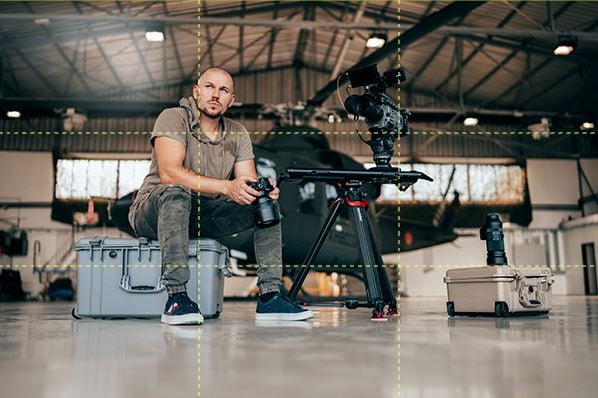
As you can see from the photo above, we have Uros’ upper torso at one intersection, and the camera on the other to the right. The bottom left intersection draws our attention to the Peli case he is sitting on. Composing the photo like this makes for a much more visually appealing image.
Change Your Vantage Point: Don’t be afraid to move around
One thing that some photographers can forget or overlook is that when we see photos that are taken from a normal standing vantage point, this can get a bit boring. Additionally, and perhaps most importantly, if your entire portfolio is taken from the same height and without any experimentation, you’re missing out on some great photos. So, don’t be afraid to move around, move your feet, and change your vantage point from what might be thought of as “normal.”
Examples of this can be to change your elevation, so maybe you can jump up onto a ledge or crouch down or change your angle to skew the important element in the photo to the right or to the left. You can also change the distance by getting closer or farther away. There are any number of ways to change the vantage point that may immensely improve whatever it is that you’ve decided to photograph. Just experiment with these and you might find a hidden gem when the day is over.
Shoot A Lot, Shoot Often and Don’t Forget to Experiment
This may seem like it goes without saying, but it’s really something that needs to be mentioned. To get better at any skillset, one must practice a lot and practice often. No matter how many YouTube tutorials you watch, or blog posts you read from yours truly, you’re never going to be able to improve if you don’t put the requisite amount of practice in.
And don’t forget to experiment. It was just mentioned above, but it bears reminding that given that the camera you are probably using is some kind of digital camera, the cost of an error or a photo you aren’t too happy with after the fact is free. You can just delete later if it’s not up to your standards. Experimenting is another way to practice and to learn what works and what doesn’t.
One tip here to mention is that if you are really committed to photography, try to keep a camera with you at all times. This a little easier these days given that many people will just use the incredible cameras that some smart phones are equipped with, but if you are particular about using your “real” camera, you may think about carrying it around with you as often as possible. You never know when those unforgettable photo opportunities may pop up. And if you really don’t feel like carting your camera around with you, you could make a note on your phone by taking a quick snapshot as a reminder to come back later with your camera gear to really give it a go.
Hone Your Craft: Learn Post-Processing, Too!
One thing that many people forget is the post-processing process. In other words, touching up photos or adding filters or anything of that nature. In the new world of photoshop and the thousands of different filters that allow people to change photos from their original ‘natural’ state, this has actually led some photographers to claim they never do anything post-processing.
It’s a matter of preference, but post-processing doesn’t necessarily mean radically changing the photo. It can be very subtle and simply just used to enhance what is already there. So, consider not only taking ‘natural’ photos only, but doing a little bit of touching up in the end. It can really transform a photo from good to something extraordinary.
Last But Not Least: Your Gear
The last tip we’ll be giving you on this has to do with your gear. We mentioned in the introduction of this post that the above tips will apply to (almost) any kind of camera you are using. If you are really serious about taking your photography to the next level you will have purchased or will want to purchase some kind of high-quality camera such as a DSLR. In addition to the camera, you also have to take into account the lenses. Although all of this gear can get quite pricy, you may feel your spending is justified after you see the quality of the photos you’re able to get. The other thing to keep in mind is this type of gear can be thought of as almost a lifetime investment.
Having said that, to protect your pricy investment, you’re going to want to procure the best possible camera case for your highly valued sensitive equipment.
Since 1976, Peli has been the original manufacturer of the genuine Peli™ Protector Case™, as well as the Peli™ Air, and Storm™ case lines, the toughest, high-impact resistant, dust proof, chemical resistant and IP67 watertight cases for extreme protection. During all these years Peli cases have been a favorite of all photographers having protected millions of cameras, lenses and other accessories while travelling around the world under the most difficult conditions keeping all the equipment safe and functional. One thing we can say with a high degree of confidence is that if your camera could talk, there is no doubt it would ask for a PELI case as a birthday present.
If you’d like to learn more about Peli cases, and find a good option for your camera, click on the button below.
There is also some other great content of interest you can check out on our blog which you can find below:
How to Choose the Right Peli Case for Your Needs
The difference between Peli Air, Protector and Storm cases
PELI Protective Cases: What they are and why you need one
And, lastly, if there are any other fundamental photography tips that you think we missed, go ahead and let us know in the comments below.

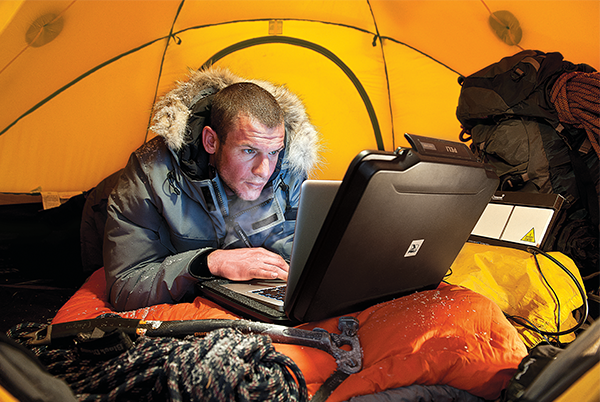


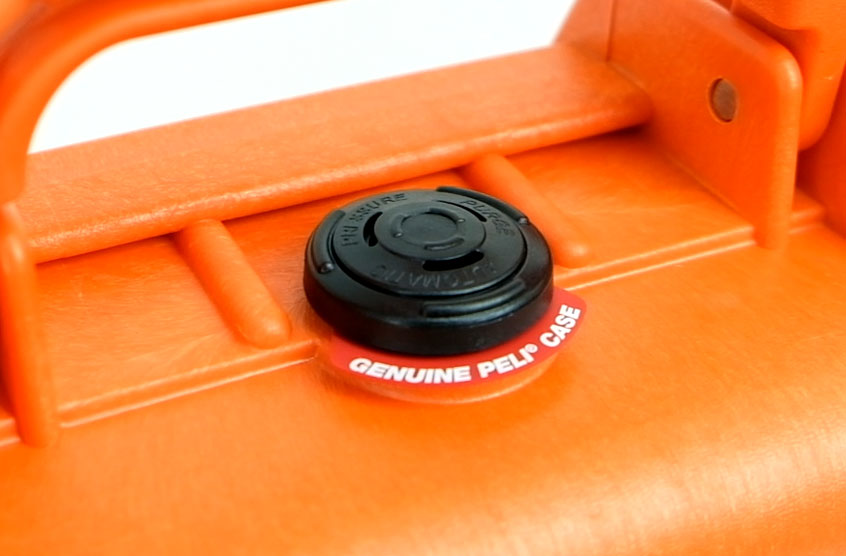
.png)





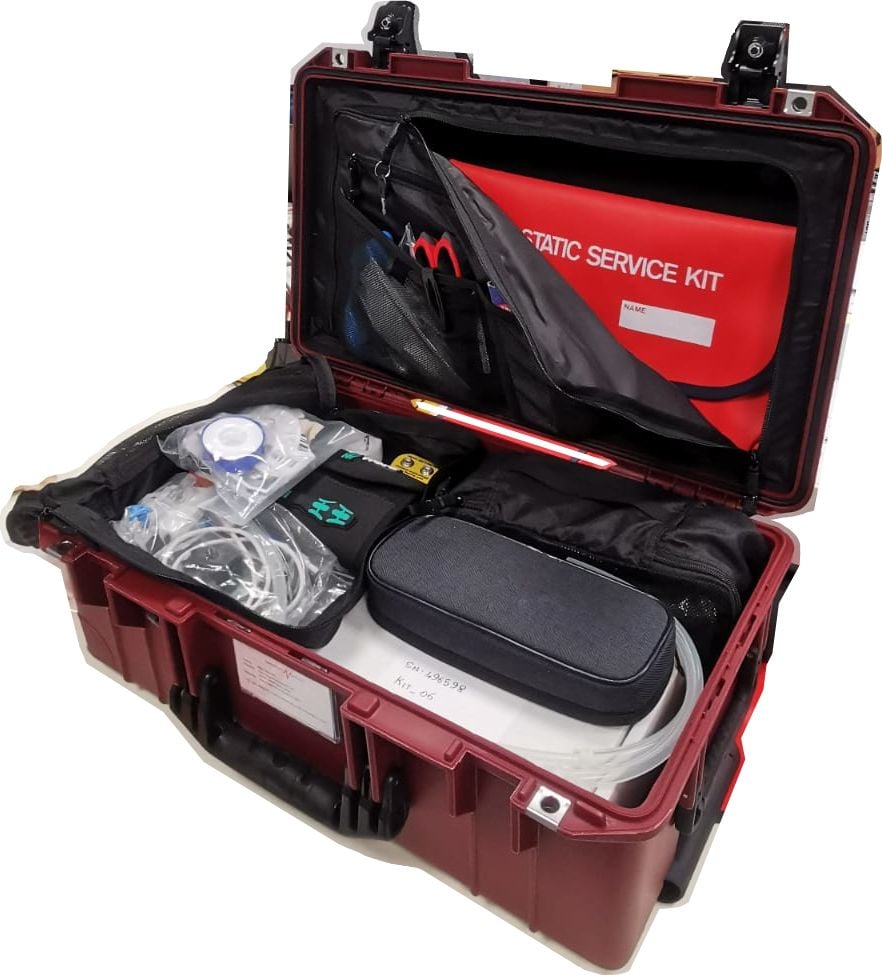

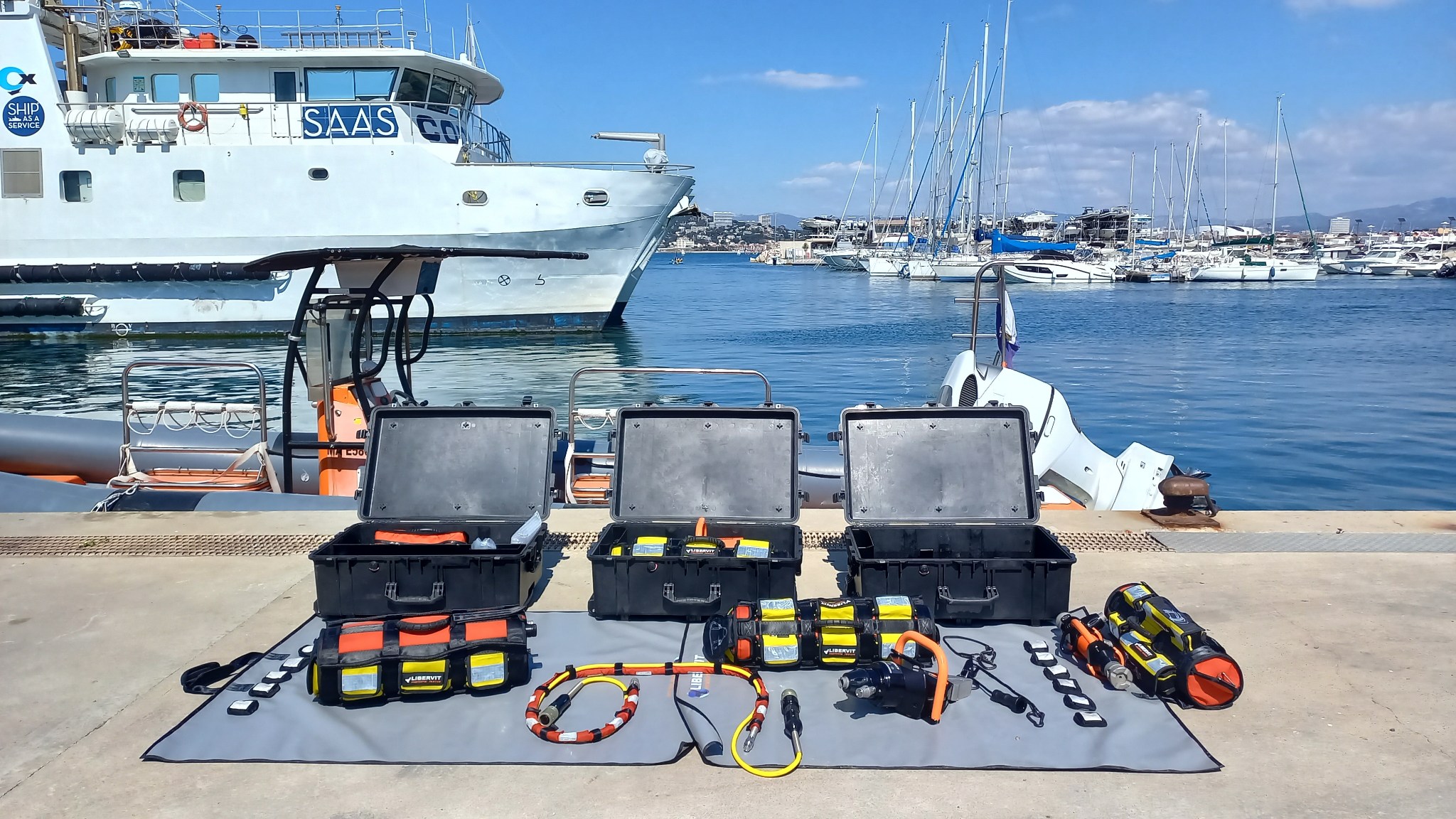
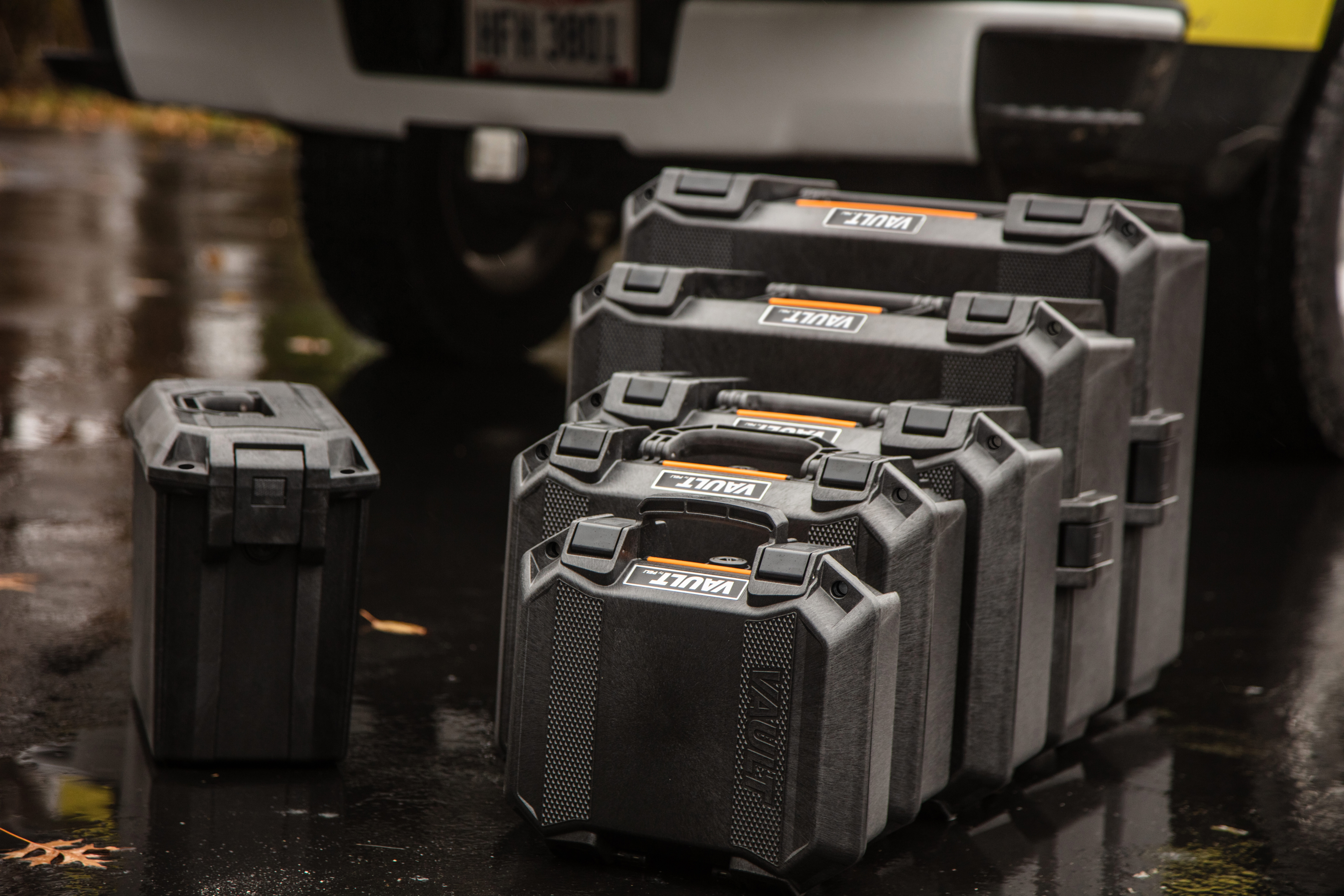

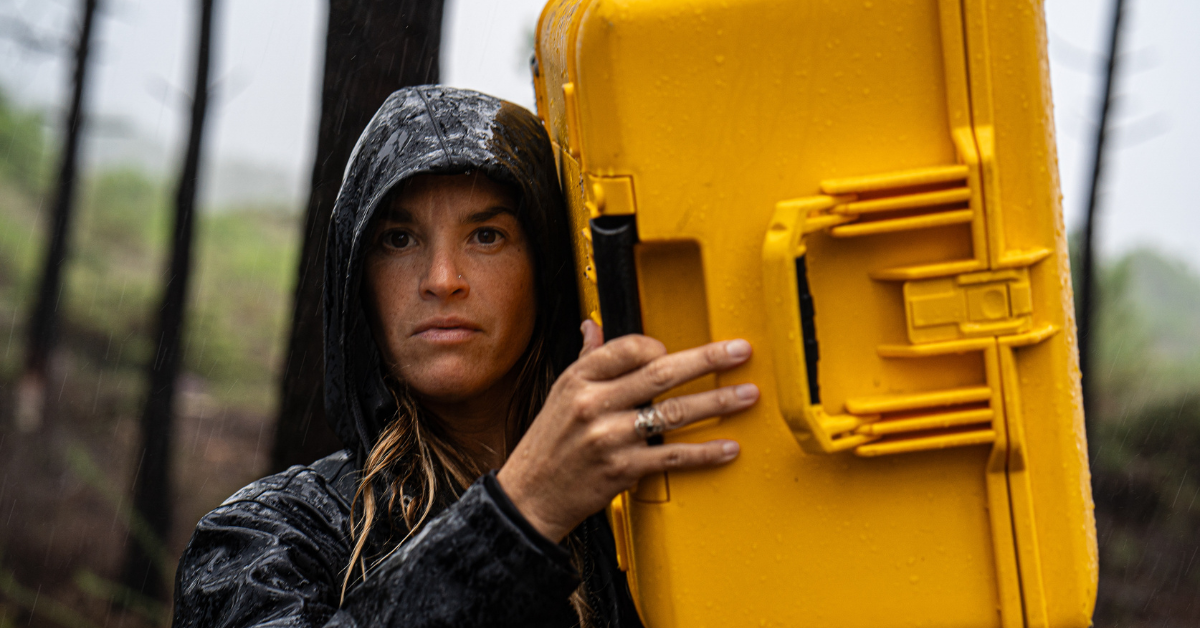
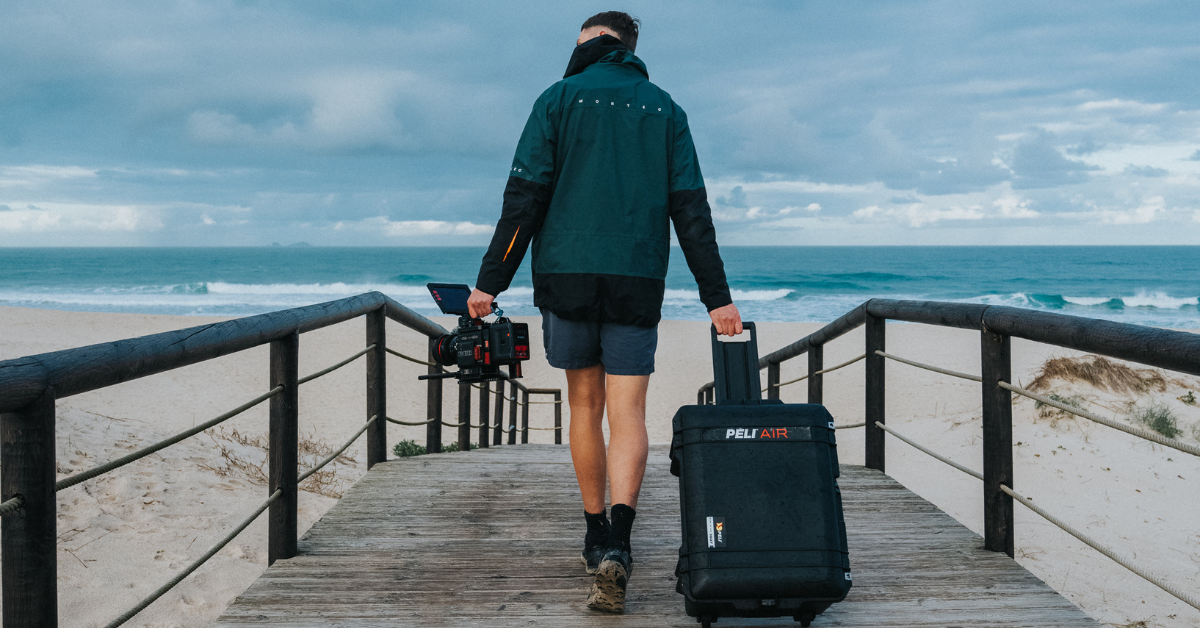
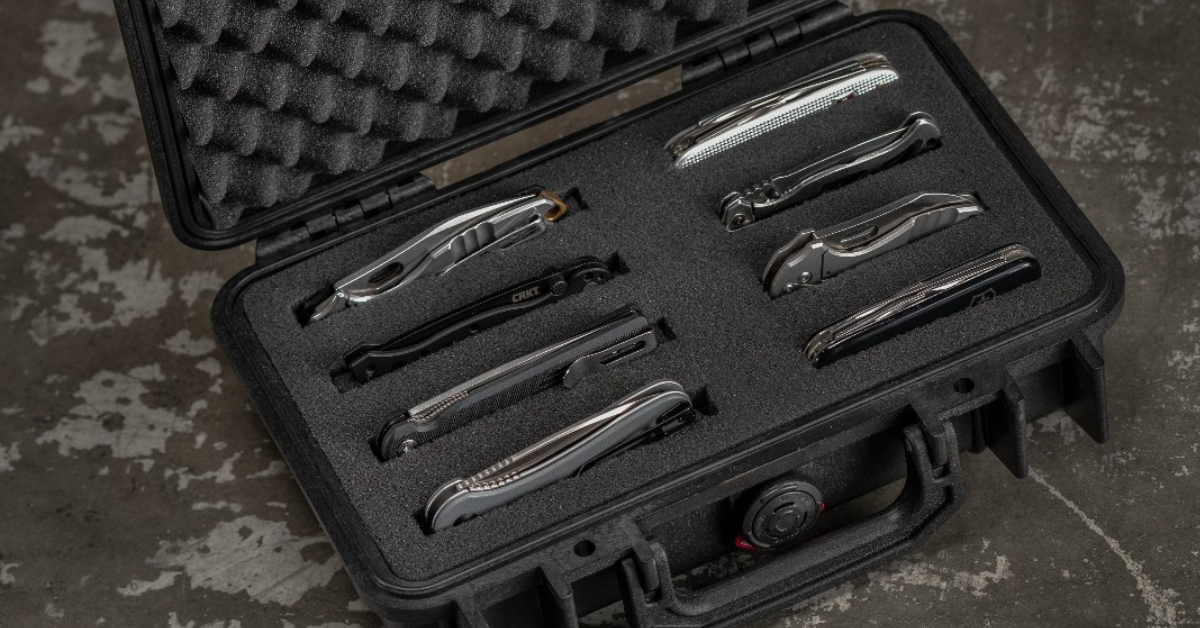
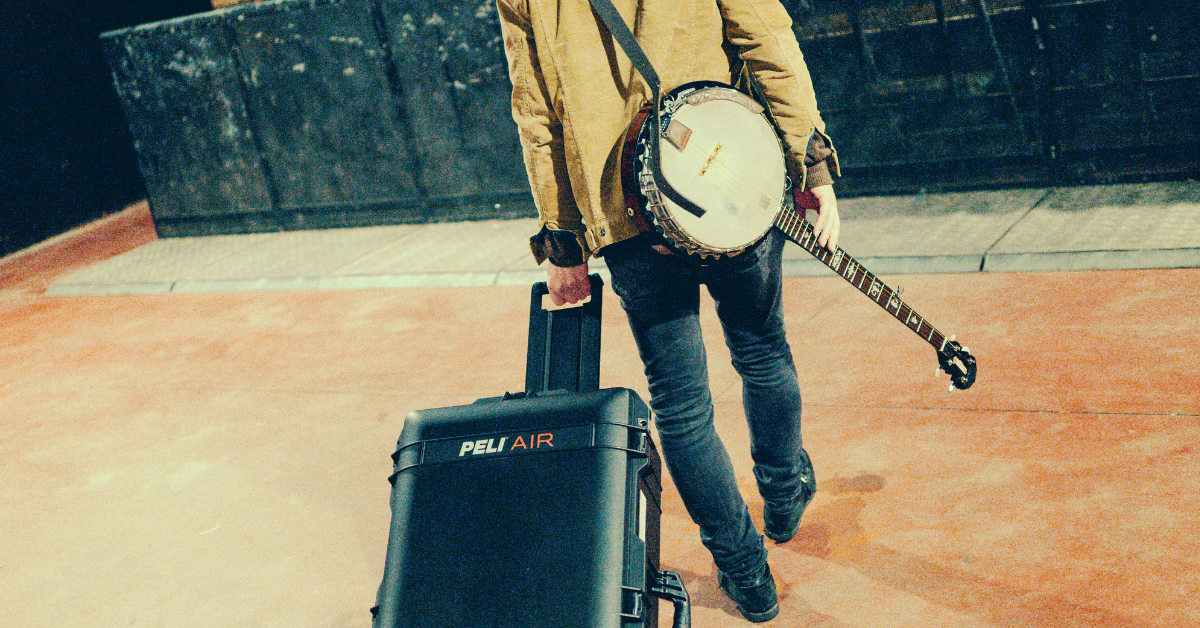

Post a comment